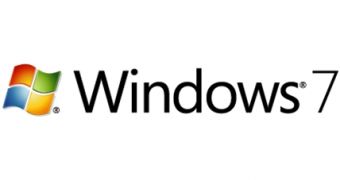Microsoft has published the Mobile Broadband Miniport Driver Documentation for its upcoming iteration of the Windows client on MSDN. Developers will be able to access an introduction into Network Driver Interface Specification 6.20 courtesy of the Redmond company. However, the software giant indicated that devs should already be familiarized with NDIS 6.0 and NDIS 6.1 before taking on NDIS 6.20. But at the same time, MSDN delivers additional resources focused on Mobile Broadband miniport drivers.
“Windows 7 has added new device driver interfaces (DDIs) to provide support for Mobile Broadband (MB) devices, beginning with Windows 7 Beta. MB miniport drivers are based on the NDIS 6.20 model,” revealed Kevin Shirley [MSFT], programming writer.
Developers just starting to write an MB miniport driver for Windows 7 can also access the Mobile Broadband (MB) Design Guide and the Mobile Broadband (MB) Reference, both on MSDN. With the Introduction to NDIS 6.20 documentation, Microsoft has focused on the additions introduced into the latest version of the Network Driver Interface Specification included into Windows 7.
The Redmond company is offering similar documentation for both versions 6.0 and 6.1. At the same time, developers can take note of the differences between NDIS 6.20 and its precursors, and also port drivers from NDIS 6.x to the latest release. The 6.20 documentation offers an insight into Power Management Enhancements in NDIS 6.20; Virtual Machine Queue (VMQ) in NDIS 6.20; Support for More than 64 Processors in NDIS 6.20; Receive Side Throttle in NDIS 6.20; Media Extensibility in NDIS 6.20; Implementing an NDIS 6.20 Driver; Using NDIS 6.20 Data Structures; and Compiling an NDIS 6.20 Driver.
“The MB DDIs consist of 21 new OIDs, 20 new NDIS status notifications specific to MB, and their associated structures and enumerations including: Features to describe the class of MB device, such as CDMA-based (1xRTT/1xEV-DO/1xEV-DO RevA/1xEvDO RevB) or GSM-based (GPRS/EDGE/UMTS/HSPA), and its capabilities; WWAN network registration and service activation; Packet data service; Data service handoff; SMS messaging; Signal strength feedback; Vendor-specific features,” Shirley noted.

 14 DAY TRIAL //
14 DAY TRIAL //